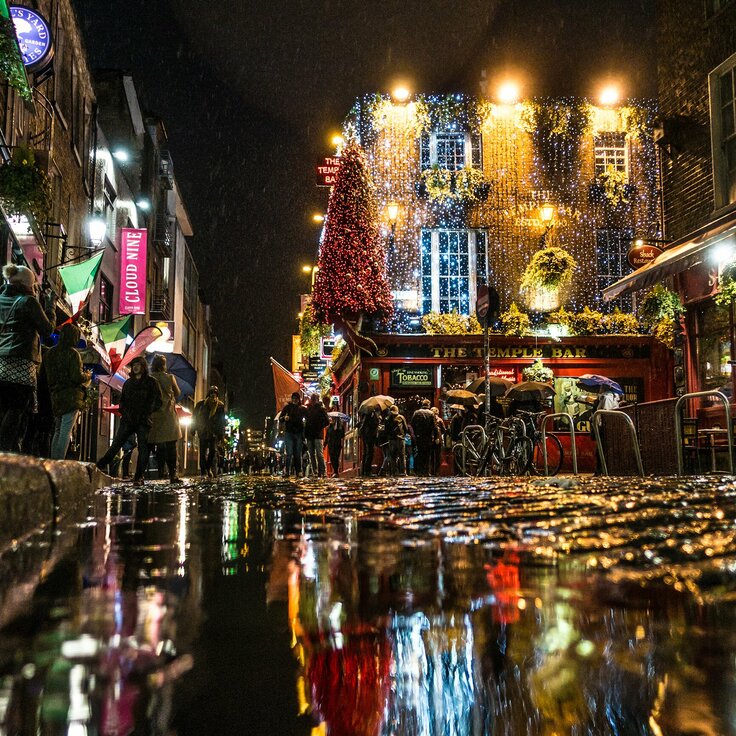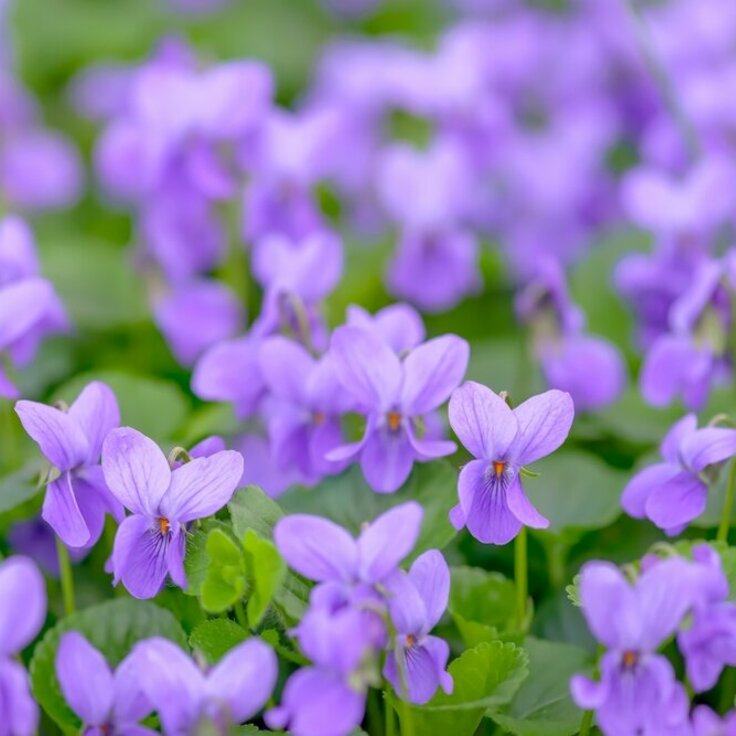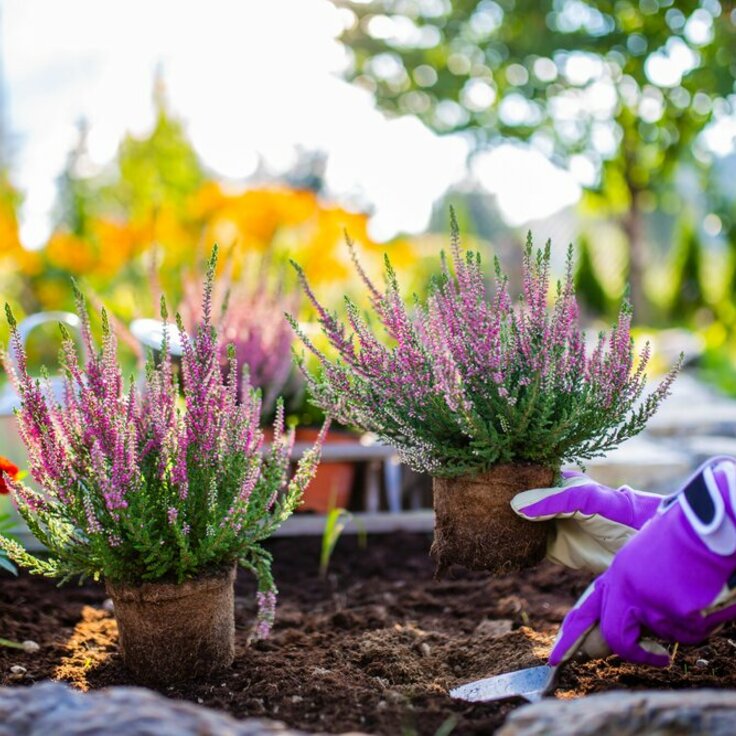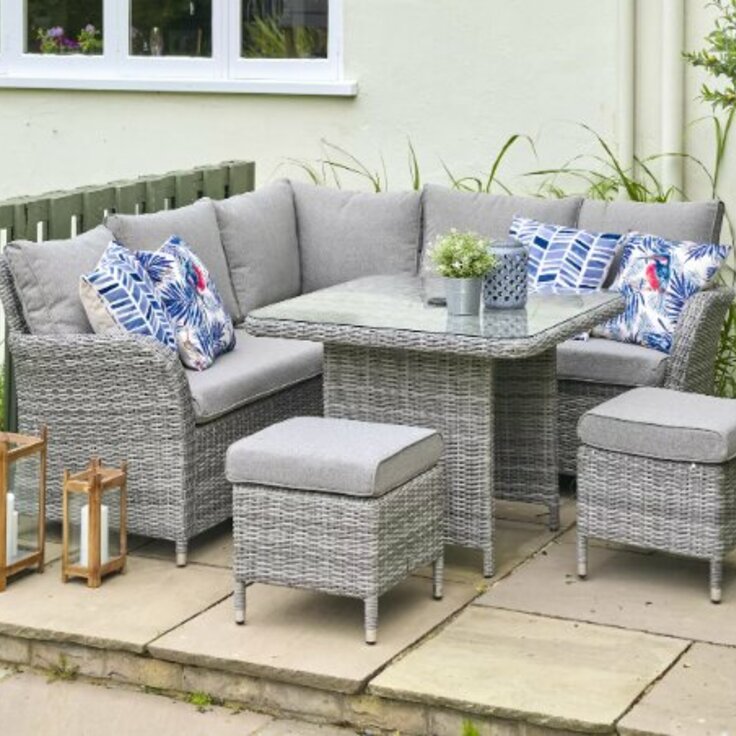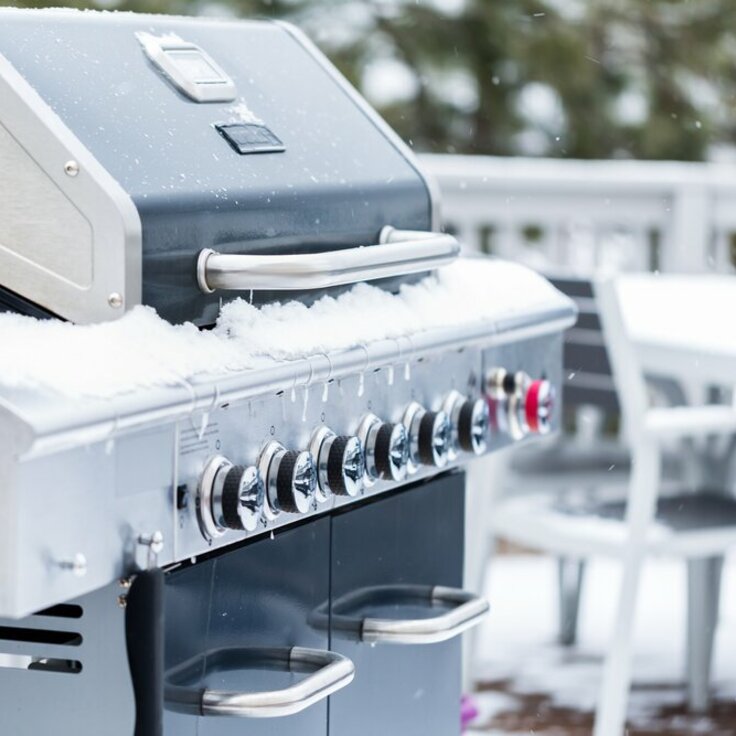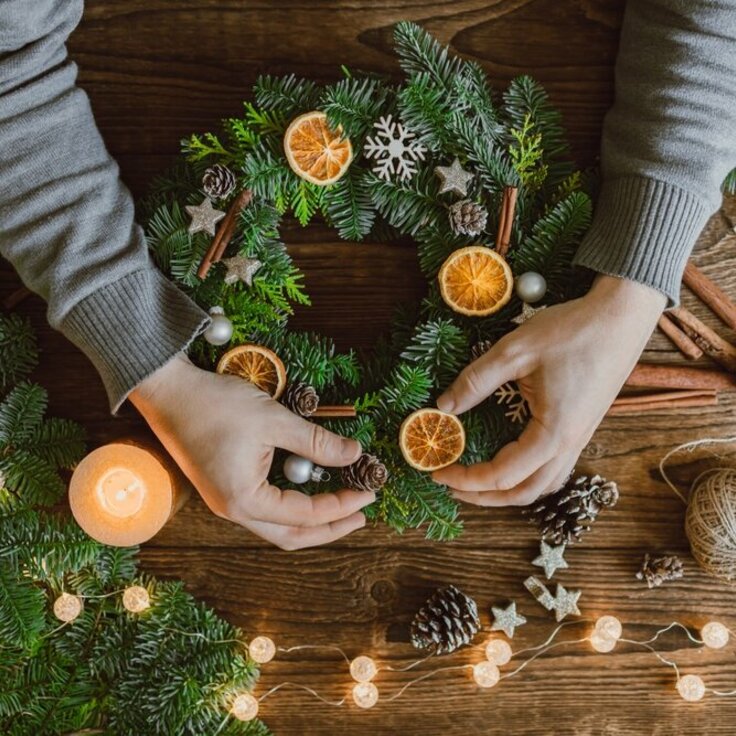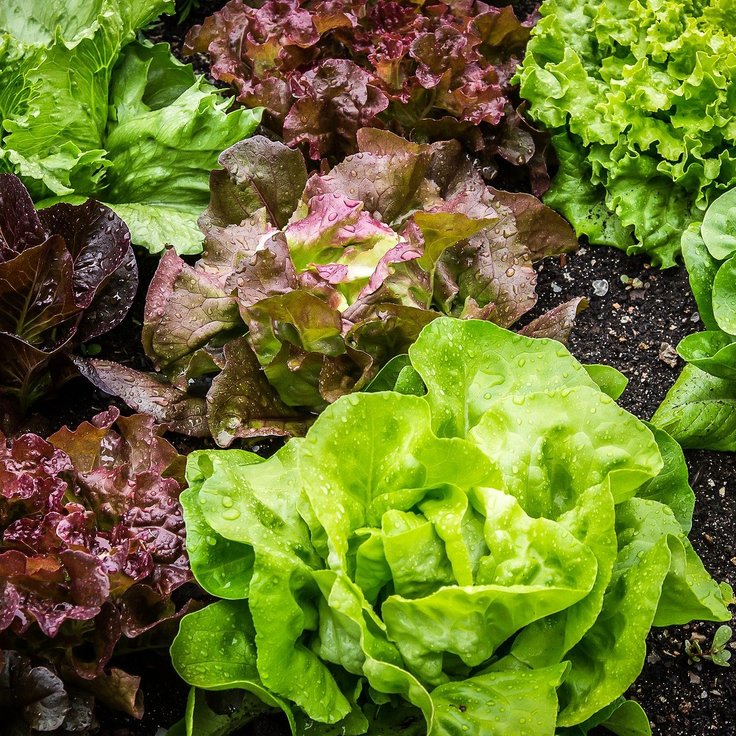Embracing autumn: A floral feast for bees and butterflies
As the vibrant colours of autumn begin to blanket our gardens, it’s easy to overlook how important this season is for pollinators like bees and butterflies. While many plants start to wilt, certain species bloom beautifully in the fall, providing essential nectar and pollen just when other food sources begin to dwindle. By adding these autumn plants to our gardens, we can create a welcoming haven for these important pollinators, ensuring they have enough sustenance to prepare for the winter months ahead.
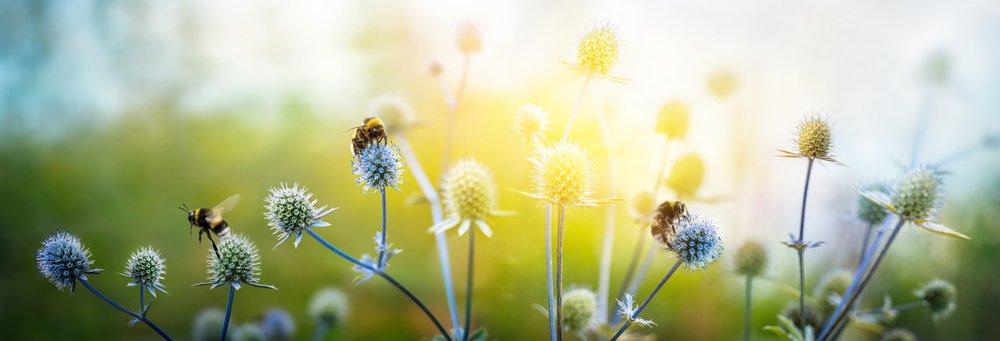
The Role of Autumn Plants in Pollinator Life Cycles
Autumn is a critical time for bees and butterflies, especially since many of them rely on late blooms for survival. During this season, bees are busy collecting pollen and nectar to store for the colder months, while butterflies—particularly species like the Monarch—are gearing up for their long migrations. Planting autumn-blooming species isn’t just a nice idea; it’s essential for supporting these creatures during this vital time in their lives. By choosing the right plants, we can make a real difference in their survival and overall health.
Top Autumn Plants for Attracting Bees
When selecting plants for your garden, several autumn bloomers stand out for their ability to attract bees. Asters are a particular favourite; their vibrant purple and blue flowers create a stunning display while providing a critical food source as temperatures begin to drop. Sedum, especially varieties like 'Autumn Joy', is another great choice. Its fleshy, star-shaped flowers not only draw in bees but also add to the garden’s beauty. Plus, heather (Calluna vulgaris) is fantastic for late-season foraging. With its small, bell-shaped flowers, it’s a magnet for bees, ensuring your garden remains lively even as autumn progresses.
For more inspiration and tips on creating a colourful and blooming garden, take a look at our article Cultivating Nature's Palette: A Comprehensive Guide to Wildflower Gardening!
Butterflies’ Autumn Havens
Autumn gardens can also be a sanctuary for butterflies. Goldenrod is an excellent option for attracting these delicate creatures. Known for its tall spikes of bright yellow flowers, goldenrod blooms late in the season and provides abundant nectar, making it a favourite among butterflies. Joe Pye weed is another wonderful choice; its large clusters of pinkish-purple flowers not only appeal to butterflies but also create a stunning focal point in any garden. By incorporating these plants, you’ll not only enhance the beauty of your outdoor space but also provide a much-needed refuge for butterflies as they search for food before their long journeys.
Designing an Autumn-Friendly Pollinator Garden
Creating a garden that supports bees and butterflies in autumn requires a bit of planning and thought. It’s best to plant in clusters rather than single specimens, as this makes it easier for pollinators to find and access their food sources. Aim for a variety of plants that bloom at different times throughout the autumn to ensure a continuous supply of nectar. Native plants are particularly beneficial since they are well-adapted to local conditions and are often more attractive to regional pollinators. And don’t forget to include some ornamental grasses; they can provide shelter for pollinators and add texture and movement to your garden during those breezy autumn days.
The Importance of Pesticide Awareness
While enhancing your garden for bees and butterflies, it’s essential to think about the impact of pesticides and herbicides. Many chemicals can be harmful to these vital species, leading to declines in their populations. Opting for organic gardening practices and using natural pest control methods can help maintain a healthy ecosystem. By promoting a chemical-free environment, you’re not only protecting these incredible creatures but also contributing to a more sustainable garden. By nurturing your garden with care and attention, you can ensure it remains a safe haven for bees and butterflies, enriching the beauty and biodiversity of your outdoor space during the enchanting season of autumn.
In short, as autumn paints our gardens in warm hues, it offers us a golden opportunity to support the bees and butterflies that play such a crucial role in our ecosystems. By selecting the right plants, designing thoughtfully, and maintaining a pesticide-free environment, we can all do our part to ensure these remarkable creatures thrive during this transitional season.

